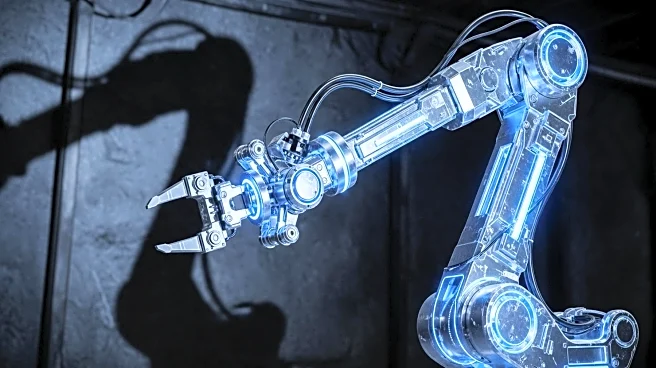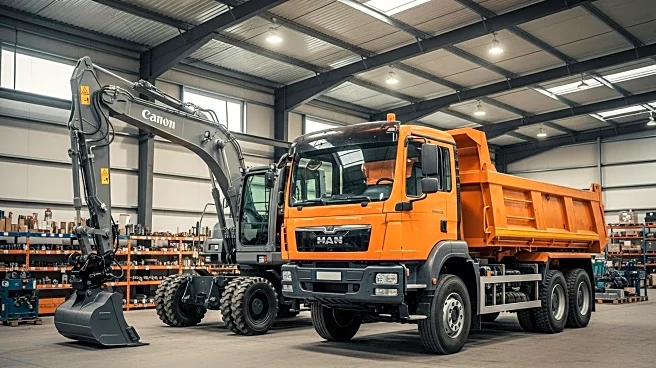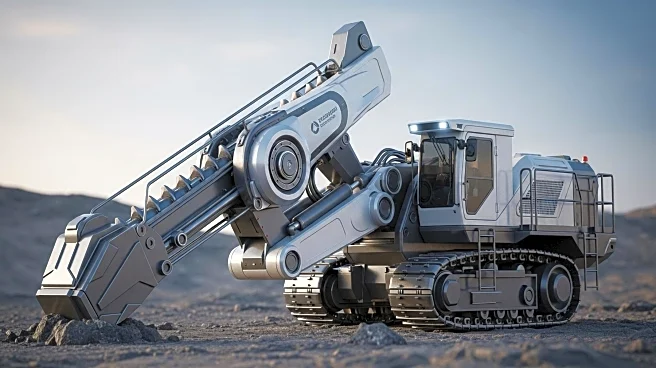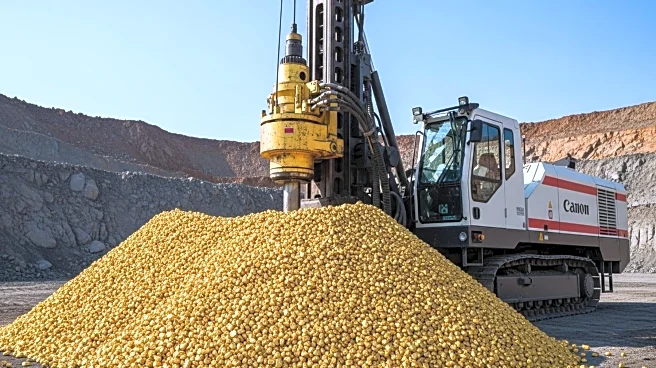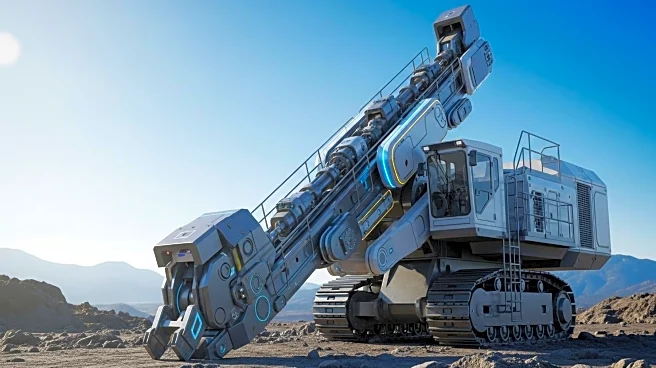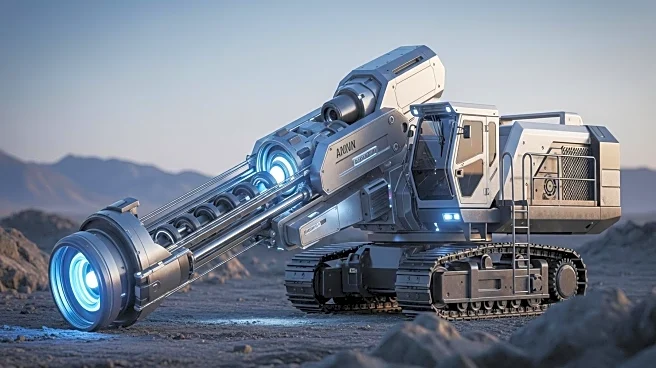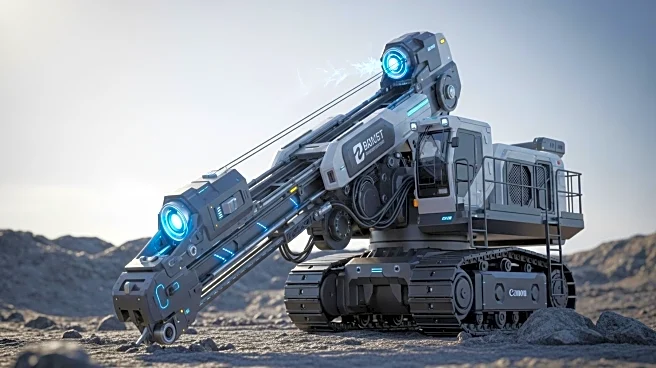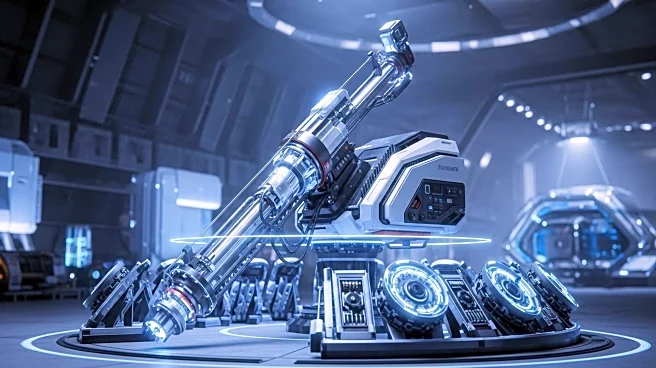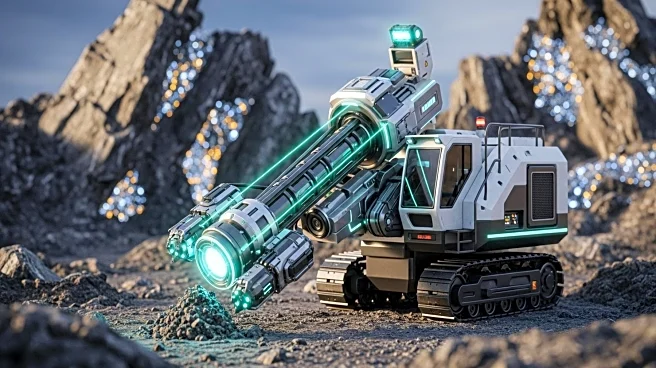What's Happening?
Codelco, a major copper producer, is accelerating its automation efforts at the El Teniente mine in Chile following a deadly collapse that killed six workers. The incident has highlighted the dangers of deep underground mining and prompted Codelco to explore
ways to remove more personnel from hazardous areas. The company is in discussions with technology providers and unions to implement remote-controlled and automated systems, aiming to enhance safety and operational efficiency. This move comes amid global disruptions in copper supply due to similar incidents in other countries.
Why It's Important?
The push for increased automation at Codelco's mines reflects broader industry challenges in maintaining safety and efficiency as deposits become deeper and more technically challenging. Automation could help reduce costs and improve safety by minimizing human exposure to dangerous conditions. This shift is crucial as global demand for copper rises, driven by the energy transition and technological advancements. The industry's ability to adapt to these challenges will impact copper supply and prices, influencing economic stakeholders worldwide.
What's Next?
Codelco's management and unions are aligned on the need for automation, with regular meetings to discuss implementation strategies. The company is exploring partnerships with technology firms to develop automated blasting and other remote operations. As Codelco advances its automation plans, it may set a precedent for other mining companies facing similar challenges. The success of these initiatives could lead to broader adoption of automation technologies in the mining sector, potentially reshaping industry practices and labor dynamics.
Beyond the Headlines
The move towards automation raises ethical and labor concerns, as it may lead to job displacement for mine workers. However, it also presents opportunities for upskilling and new roles in technology management and remote operations. The transition to automated systems could also prompt regulatory changes and require new safety standards to ensure the effectiveness and reliability of these technologies.
